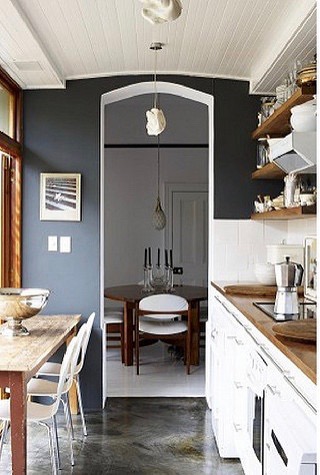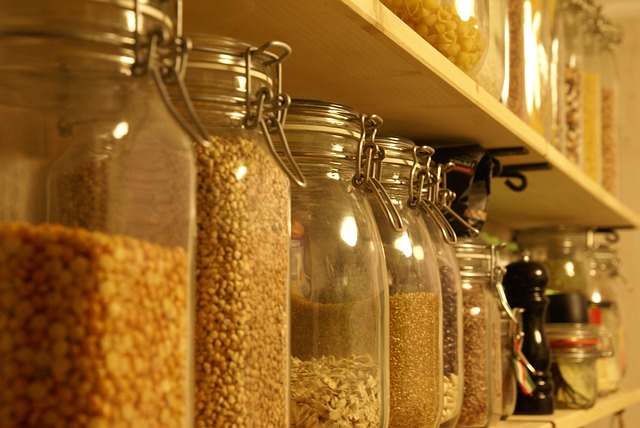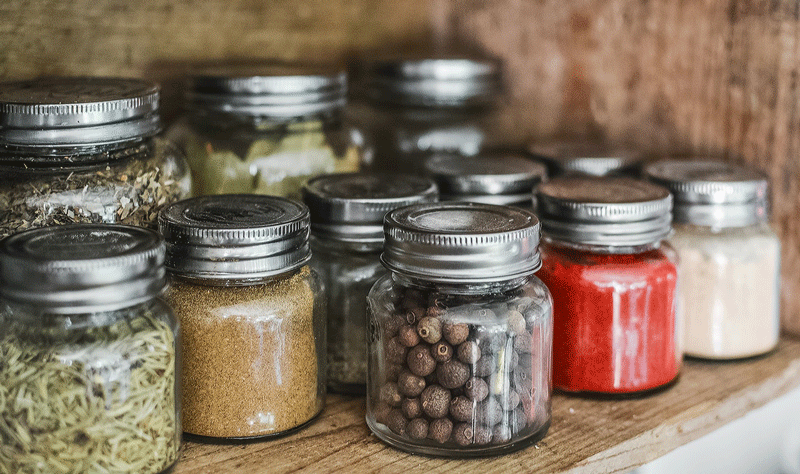The Netflix hit “Tidying Up with Marie Kondo” has unleashed a first-world decluttering frenzy. Viewers are attacking their closets like zealots, casting out clutter and filling thrift shops with their rejects. As a professional home organizer, I applaud the attention to the very real stress-making potential of clutter, but I’m skeptical of this truncated version of Kondo’s 2014 best-seller The Life-Changing Magic of Tidying Up.
I worry about what will happen when the hyper-motivated high of this kind of purging subsides. If you’re one of those viewers whose piles of clothes have failed to diminish or whose life hasn’t changed dramatically after a Goodwill drop, you may well feel the frustration, self-blame, or despair that keeps you from trying again. The right way.
For real and lasting clutter control and organization, some introspection is in order. Before you even label your “keep” and “toss” boxes, take the time to look inward and ask yourself these questions:
- Do the things I own belong in the past or present? Think about your past values and interests. Which have faded and which do you still cherish? Do your belongings reflect who you are now and who you want to be going forward? When you clarify your values and interests, you have a foundation on which to base your decisions about keeping things or disposing of them.
- What are my goals for a newly-organized space? How do you visualize your ideal home? How would you like to feel when you’re there? Does your vision mesh with the reality of where and how you live? How can you achieve that vision or a version of it?
- How will I maintain my newly-organized life? Once everything you own has its own home, you need to make sure it returns there after you use it. Easy to say in theory, but what about when life gets crazy? You need a maintenance plan that’s realistic for you and your life-style. You may also want to examine your acquisition patterns. How do you end up with stuff? Can you impose limits? Do your shopping habits mesh with your values?
A professional home organizer can support you in making real changes. We can motivate and educate you. And we can provide resources, tips, and techniques customized to your individual needs and goals.


